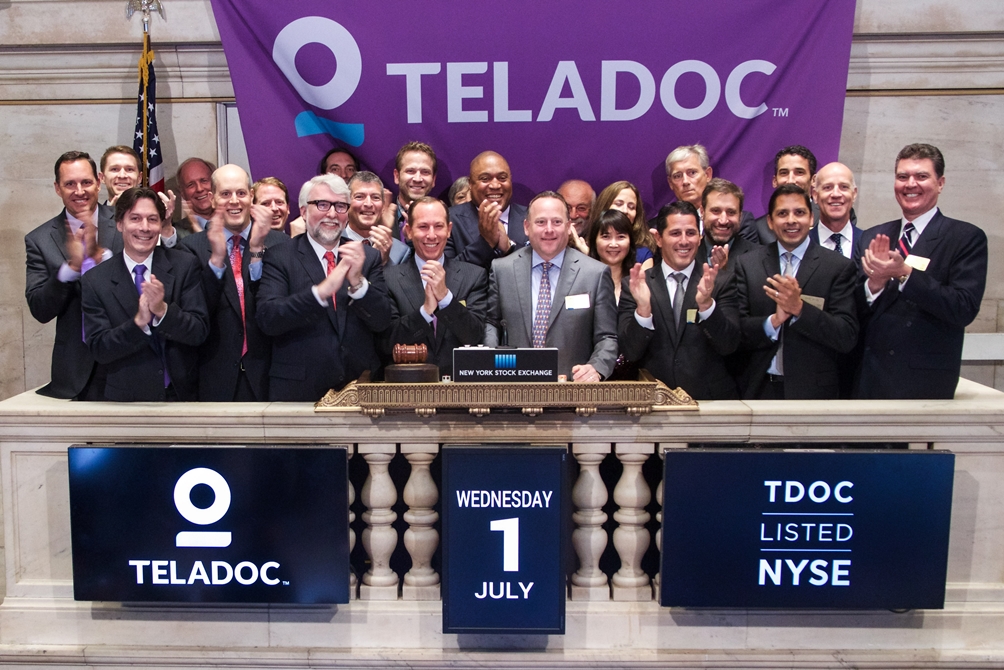ICO stands for Initial Coin Offering. It is a relatively new way of raising funds for a cryptocurrency venture. ICOs are unregulated, which means that participating in one is riskier compared to investing in traditional assets.
| At eToro you can trade 49 currency pairs, including several cryptocurrencies. Join eToro |
How does it work?
ICO raises capital by selling a part of available specialised crypto tokens to early backers of the project, which will then be used as a medium of exchange on the digital platform of the venture. Purchase can be made with fiat money or cryptocurrencies. ICO investors buy the tokens (coins) to use them as gas for the platform, or in the hope that once the company makes a successful launch, their value will increase.
Depending on the type of token that is offered, the companies need to conform to various regulations or face the consequences (fines, suits, etc.). For currency-like tokens, KYC (know your customer) and AML (anti-money laundering) rules apply, while security-like tokens need to conform to financial regulation set by a relevant authority (SEC in the US, for example). However, the fact that the should, does not mean that they do.
You should also know that even the best laid and implemented plans won’t shield you from potential bubbles or market manipulations, the latter arguably more likely within ICO space than other fundraising means. For this reason, it may be useful to remember that the technical aspects are just as important as the suggested monetary system (design and implementation).
ICO issues
 Scams
Scams
This is a pretty obvious one. Lack of regulation leads to a risky environment. One of the results is for example inconsistency of whitepapers. Which means that from the very start, potential investors are provided with different kinds of information. Less experienced investors who don’t really know what to look for are especially at risk here.
While lack of regulation or investor protection makes it easier for anybody to conduct an ICO, the unregulated environment draws in waves of scammers. A study made by Statis Group, an ICO advisory group, has identified nearly 80% (!) of 2017 ICOs as scams. While it may be troubling, it was only natural for it to happen. If there are no rules and there’s a lot of money at stake, of course, a lot of less trustworthy people will take advantage.
And solutions to this issue depend on an individual’s core vision for Blockchain. 2017, the hype year, has shown that people are not capable of discerning between actual projects and scams. The question remains whether governments and regulators should step in and impose some rules, especially those relating to investor protection, or whether the environment should stay ‘free’ and risky, or more centralised but safer.
Volatility
When crypto tokens are used as a medium of exchange, they are quite volatile, as nothing ties their value down (contrary to conventional stocks, which value stems from dividend streams), they are based on speculation. This means that you can quickly lose your investment.
Whales and market manipulation
A whale is a term for an investor or a group of investors capable of buying up a significant amount of coins and therefore capturing an alarming piece of the market. This in and of itself is not a disaster. However, it does provide a degree of control over the market, and most importantly – price. A common scheme is a so-called pump & dump, whereby whales buy up a coin in order to increase its value and shortly thereafter sell it at a higher price. This may cause less experienced investors to panic and sell the coin as well, and then the other big players can buy the dip (buy the coin cheaper).
What to look for in an ICO to protect yourself? What are the red flags suggesting less than savoury projects? Read here.
 What is an IPO?
What is an IPO?
IPO stands for Initial Public Offering, also known as a stock market launch. It is a process whereby an established, privately held company issues a sale of company shares to institutional and retail investors. A financial institution (e.g. a bank) underwrites the offering, guaranteeing payment in case of a financial loss. Additionally, they organise the listing of the stock on one or more exchanges. As the company sells shares (pieces of the overall equity), it naturally becomes a public company, which can be publicly traded after the IPO is finished. IPOs are used to raise new funds, monetise investments of private shareholders, or to make trading easy by becoming a publicly traded company.
| At eToro you can trade 49 currency pairs, including several cryptocurrencies. Join eToro |
ICO vs IPO
While similar at first glance, there are a few notable differences to keep in mind as a potential investor.
Regulatory oversight
Due to regulation, IPOs are required to provide more information, compared to ICOs, as the latter is a relatively new concept, and therefore the regulatory environment is still murky. Furthermore, when it comes to IPOs, lack of information translates into a higher perceived risk that investors want to be compensated for. This, in turn, leads to a lower willingness to pay, which results in a lower raised capital. Within the ICO environment, however, the requirements are much lower. Sometimes the company doesn’t even provide a whitepaper or one with missing information. An overestimation of ICOs future returns may make an unaware investor discount possible risks, for which he may pay for later. Literally.
Utility
Stocks express part ownership of the company, the more stocks you buy, the bigger your piece of the pie. Moreover, IPO investors get yearly dividends. ICOs, however, do not grant you even partial ownership of the company. The way you profit depends on how the coin is structured (that’s why it’s as important as the technological aspects of the coin). Some may offer a stake in future revenues of the firm, while others may depend on its utility within the ecosystem. In the latter case, the higher the adoption, the more valuable the coin becomes.
Start-up costs
IPO is an expensive process, which can cost a few million dollars and around 7% of the raised capital. On the contrary, ICO has no requirements. On the one hand, relatively low costs (especially compared to IPOs) make ICOs an attractive way of raising funds. On the other hand, no requirements provide an incentive to various malicious actors to take advantage of inexperienced investors (you can read about the biggest ICO scams here).
Venture perspective
Overall, ICOs generate more returns compared to ‘normal’ equity financing. However, while equity finance offers relatively lower returns since the process is based on the venture’s lifetime value, they will always cover their costs (provided they are financially viable). ICOs, on the other hand, are often new, unknown companies, and therefore it is not guaranteed that they will raise enough money to cover their costs.
Duration of the offering
Because of the lengthy due diligence process of conducting an IPO, the whole process usually lasts for months, 4 to 6 months on average. As ICOs (for better or for worse) do not have to abide by the same regulatory requirements, the process is much shorter, about a month usually. Although there have been some longer ICOs, most famously the EOS ICO lasting almost a year.
Location of the offering
Local vs global. IPOs are launched in a specific country and have to abide by these nation’s regulations. ICOs on the other hand cross borders. They are open to the global audience. Lack of global ICO standards is one of the issues exacerbating the confusion within this environment.
Access
IPO focuses on institutional investors, such as investment banks, mutual funds, etc., and only a small portion is designated for private investors. So unless you have significant funds to spend, you may not even get access to an IPO. With an ICO, all you need is money (much smaller amounts than IPO) and an Internet connection.
| At eToro you can trade 49 currency pairs, including several cryptocurrencies. Join eToro |
Conclusion
ICOs are an unregulated way of fundraising for a cryptocurrency venture. They suffer from a number of issues, including scams and volatility.
They are somewhat similar to IPOs. Although comparing IPOs to ICOs is more like comparing apples and oranges. They vary across several aspects: investor type, risks, regulation, and utility. ICOs offer easy access, but also generate more risks.
When researching ICOs, pay attention to a number of things, such as supply (what is the supply cap), minability (is the coin to be mined?), price, duration of the ICO as well as investment rounds. You may also look at currency decimals, fiat money can be divided up to 2 decimals, e.g. $0.01 while some cryptos can be divided up to 18 (!) places after the decimal. You can read more tips on what to look for in an ICO here.











